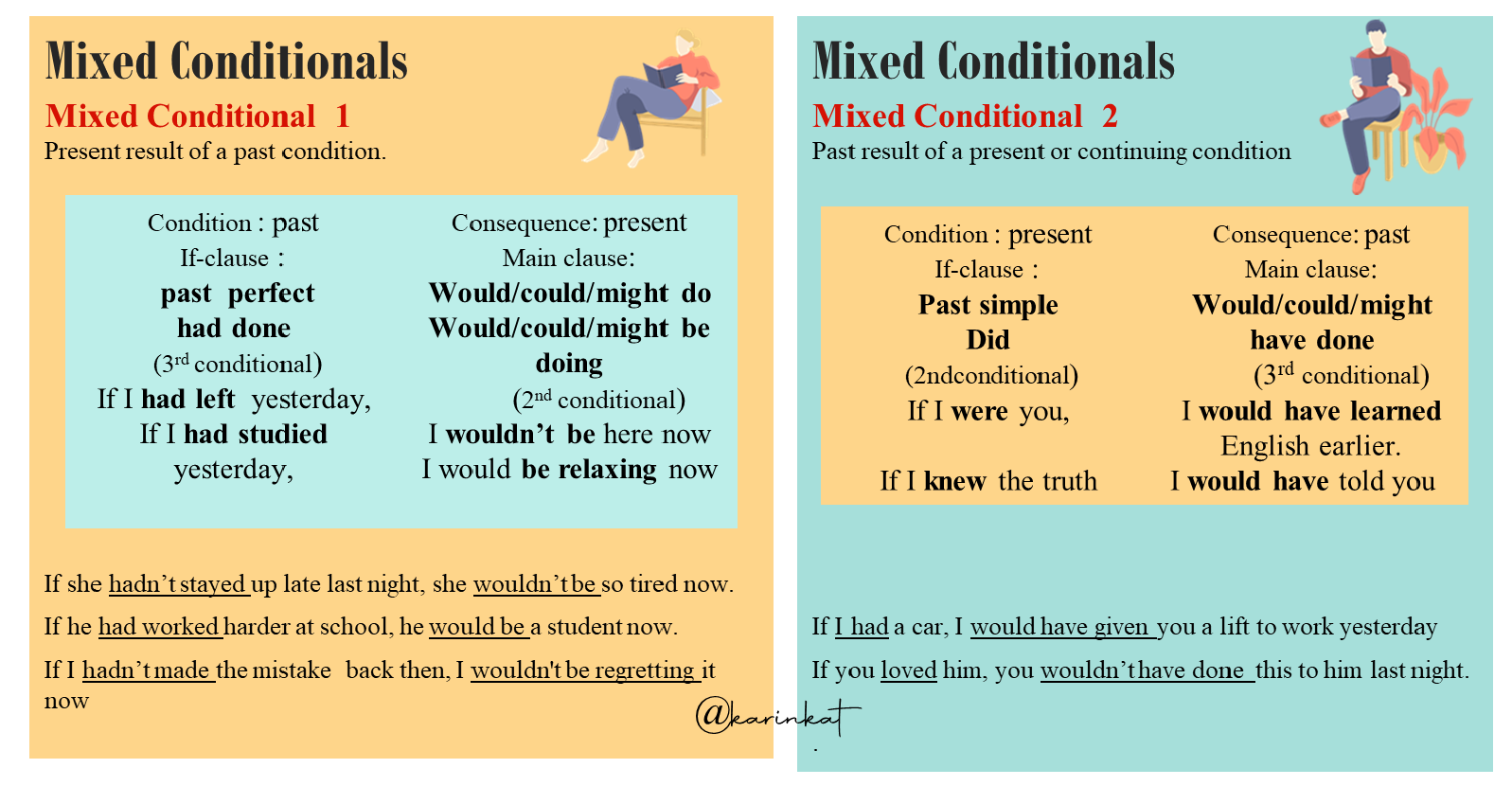

When the loop finishes, it executes the else block and prints No items left. Here, the for loop prints all the items of the digits list. The else statement is an optional statement and there could be at most only one else statement following if.
#CONDITIONALS IN THONNY CODE#
The else part is executed when the loop is exhausted (after the loop iterates through every item of a sequence). An else statement contains the block of code that executes if the conditional expression in the if statement resolves to 0 or a FALSE value. The _ symbol is used to denote that the elements of a sequence will not be used within the loop body.Ī for loop can have an optional else block. An 'if statement' is written by using the if keyword.
If we do not intend to use items of a sequence within the loop, we can write the loop like this: languages = Python supports the usual logical conditions from mathematics: Equals: a b Not Equals: a b Less than: a < b Less than or equal to: a < b Greater than: a > b Greater than or equal to: a > b These conditions can be used in several ways, most commonly in 'if statements' and loops.
The items of the list are not used within the loop. In each iteration, the loop body prints 'Hello' and 'Hi'. Here, the loop runs three times because our list has three items. It is not mandatory to use items of a sequence within a for loop. Note: To learn more about the use of for loop with range, visit Python range().

The loop continues until we reach the last item in the sequence.įlowchart of Python for Loop Working of Python for loopĮxample: Loop Through a String for x in 'Python': Here, val accesses each item of sequence on each iteration. The syntax of a for loop is: for val in sequence: Python not equal operator returns True if two variables are of same type and have different values, if the values are same then it returns False.Python is dynamic and strongly typed language, so if the two variables have the same values but they are of different type, then not equal operator will return True. This way, the loop runs until the last element of the list is accessed. Language is updated with the next element of the list, and the print statement is executed again. Swift, so the print statement inside the loop is executed. If a particular condition is met, we run one block of code, and if. Initially, the value of language is set to the first element of the array,i.e. Conditionals statements ( if statements) are useful for making a branch in our Python code. There are some differences from some popular languages like c++ or Java. In the above example, we have created a list called languages. Python supports conditional execution constructs like every other language does. In Python, a for loop is used to iterate over sequences such as lists, tuples, string, etc.


 0 kommentar(er)
0 kommentar(er)
